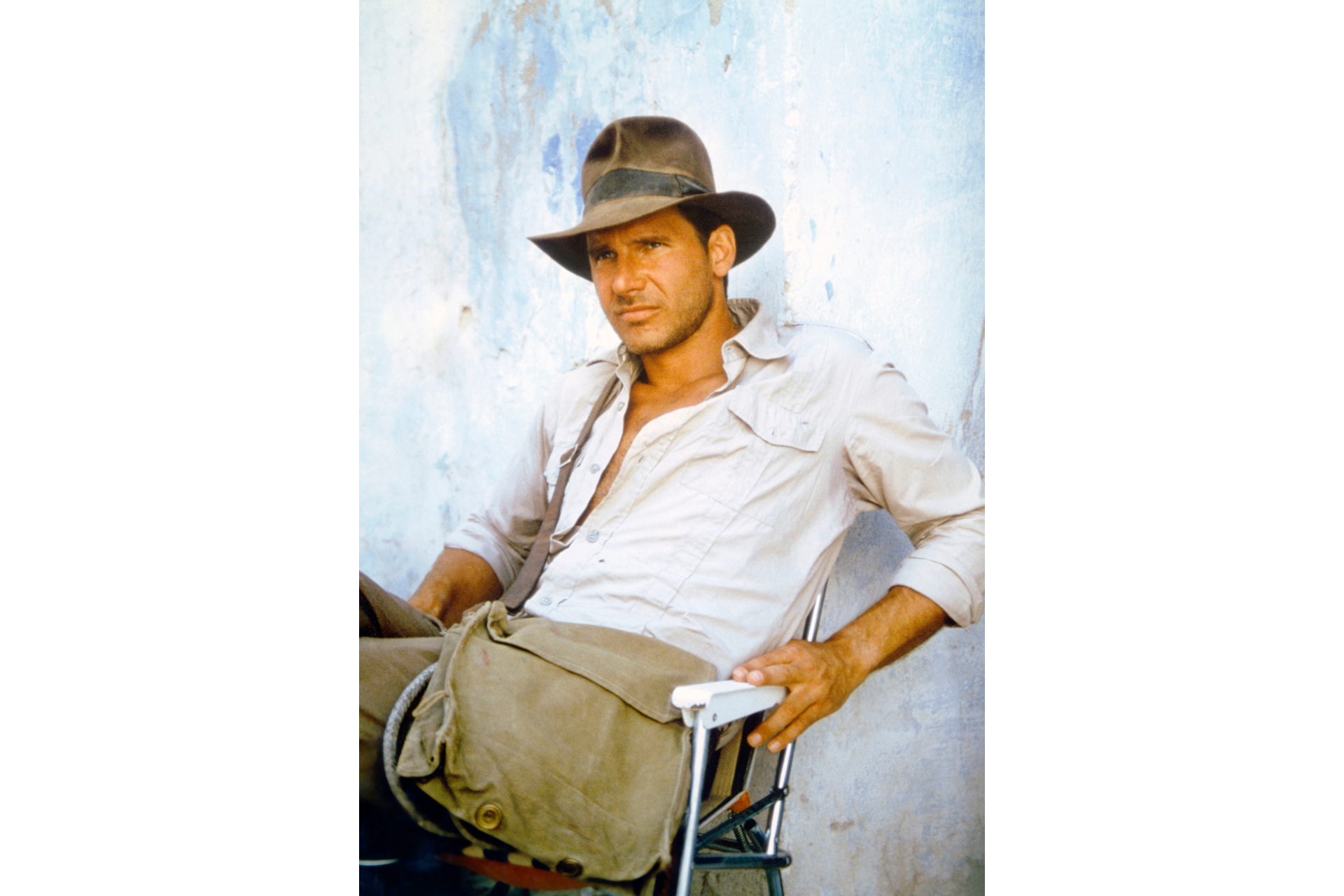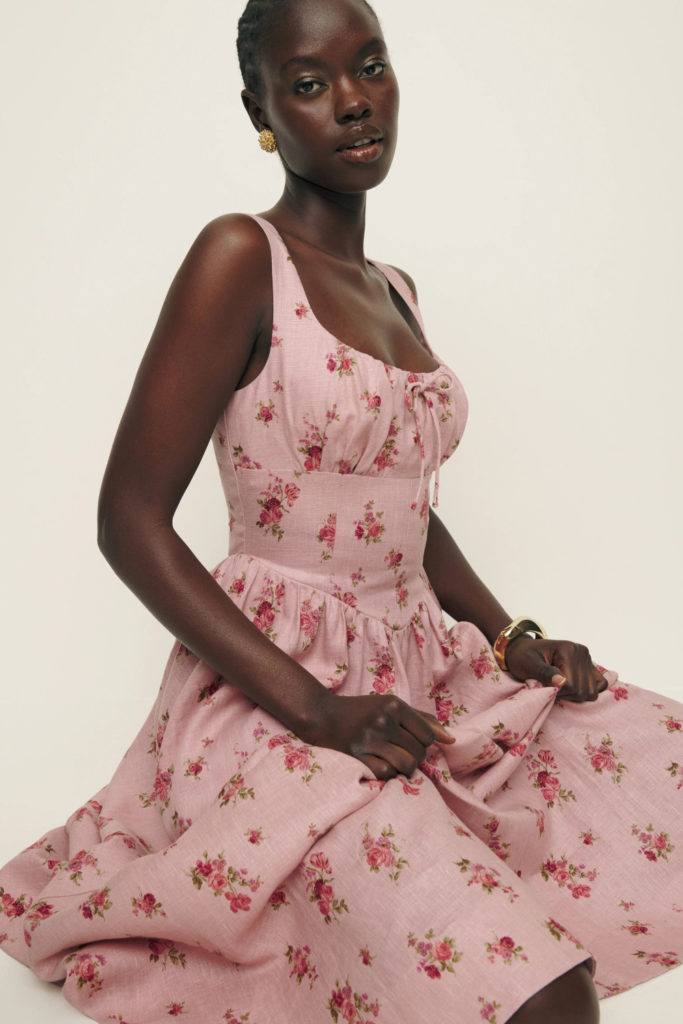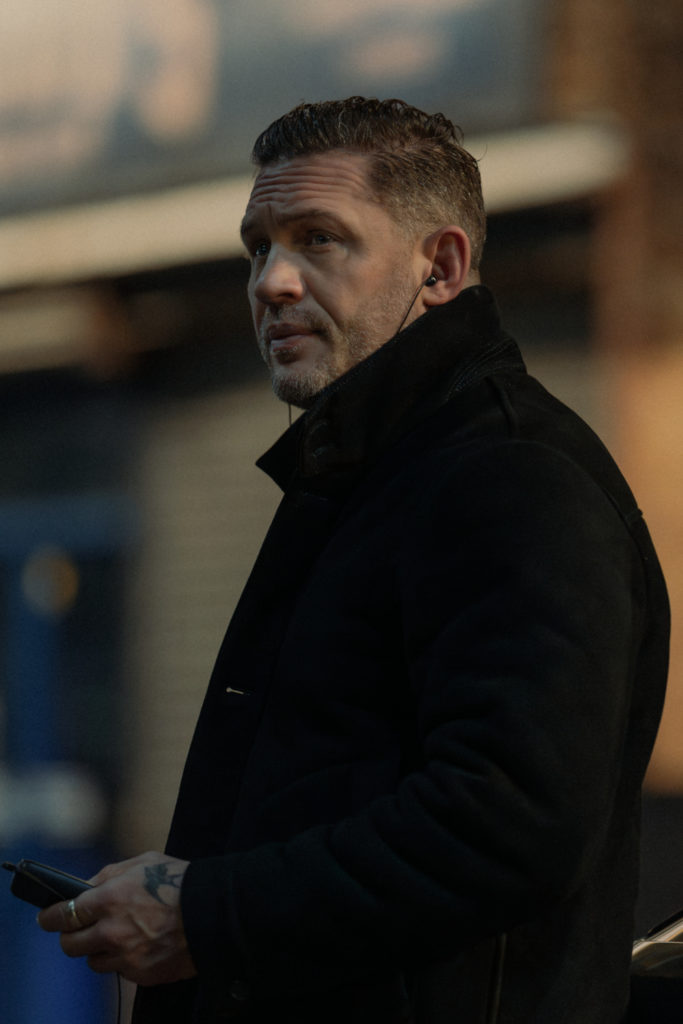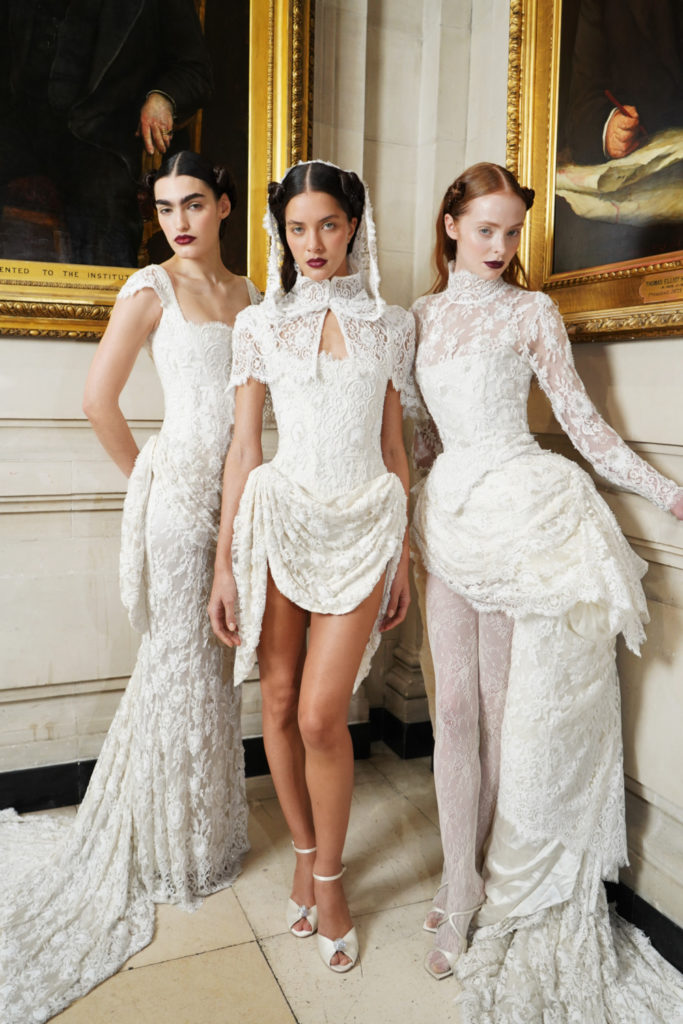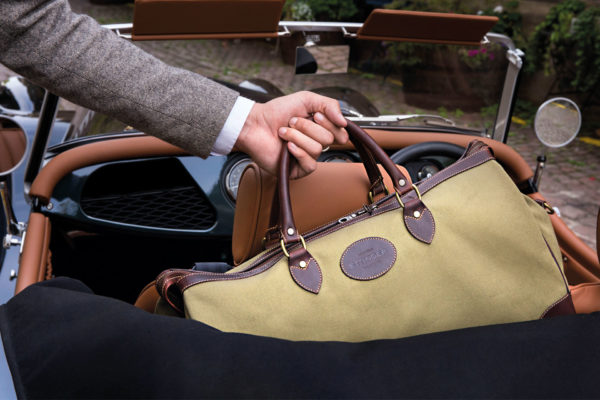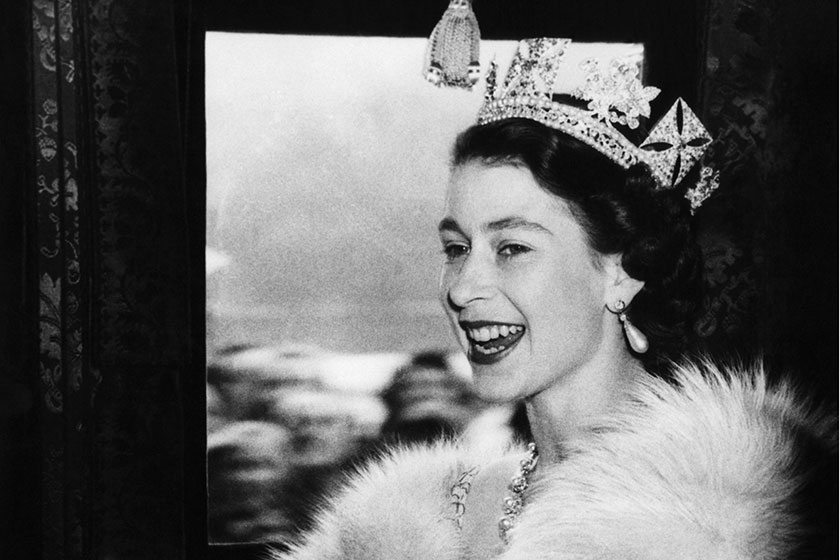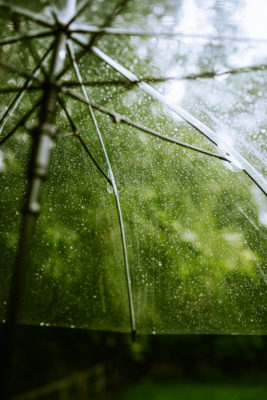As Seen On Screen: Swaine’s Rich History With Cinema
By
1 year ago
A brand of many hats (and umbrellas, and leather goods)
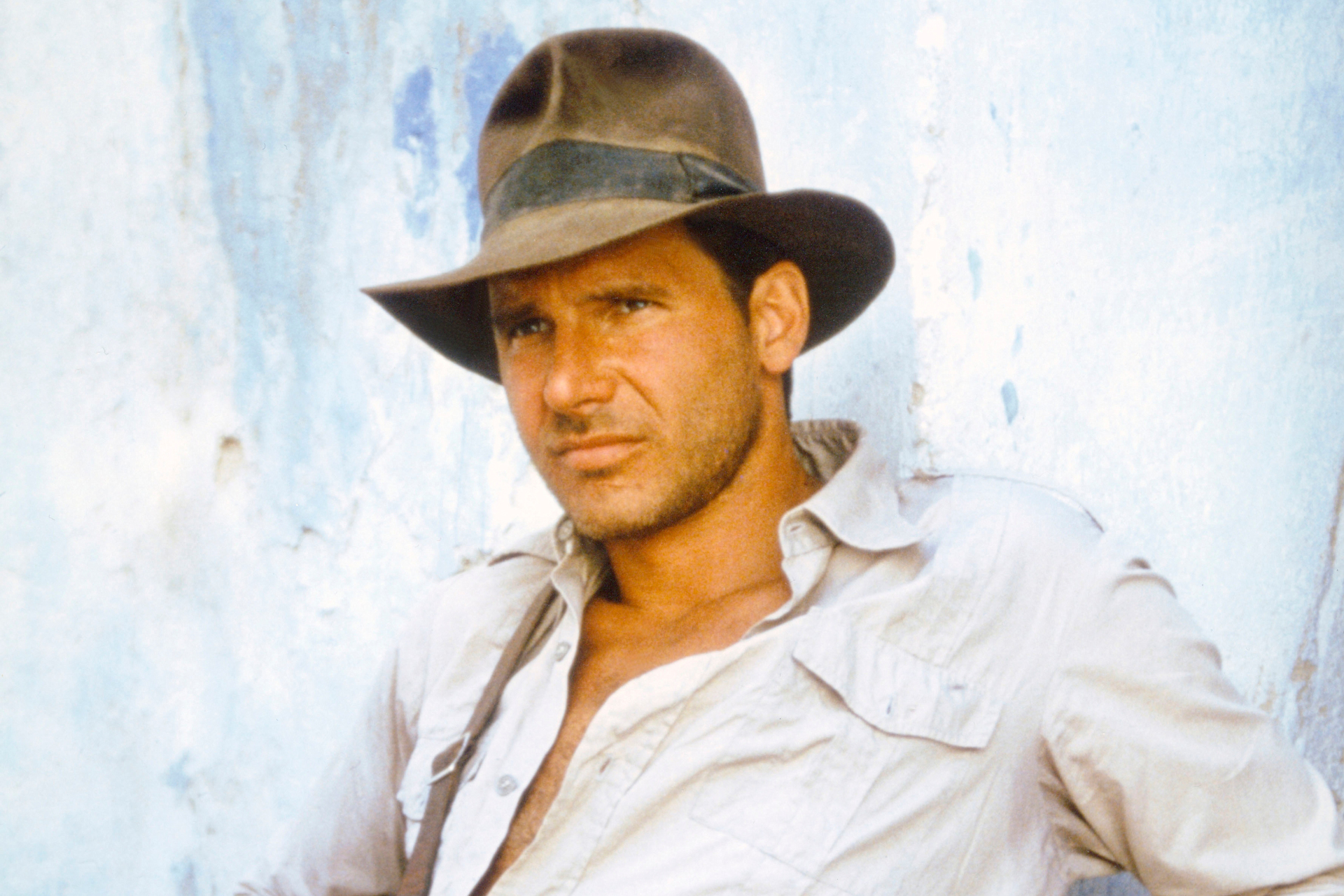
Ever wondered how some of film‘s most iconic characters got their signature looks? Behind every production, you’ll find a talented costume department full of designers, tailors and researchers – the latter of which are tasked with tracking down a roster of excellent brands who can provides clothing, props and accessories. One of the biggest names onscreen is the House of Swaine, whose beloved brands came to define cinema over several decades.
The House of Swaine: Cinema’s Leading Label
We can all picture the scene: American archaeologist-cum-adventurer, Indiana Jones, slides under a closing stone door, loses his hat, and, against all odds, reaches back to rescue it just in the nick of time. It’s no wonder, then, that House of Swaine – which comprises Swaine, Herbert Johnson (the hatter behind Indy’s favourite accessory), plus umbrella maker Brigg – can claim to create goods that last for generations. After all, they’ve survived attacks and traps all around the globe (at least on the screen).
Established in London in 1750 as whip and saddlery makers, the House of Swaine is one of the world’s oldest heritage brands (predating the first blockbuster films). Over the years, it has evolved into a renowned luxury goods brand, serving prestigious clients like the British royal family – and since the talkies took off, it has been accessorising movie stars.
The Hats: Herbert Johnson
Indiana Jones is but one character in Swaine’s silver screen stable. You can catch him in a Herbert Johnson hat in every film; he was initially kitted out by the brand for the first movie in 1981, and then in every successive movie including the recent Dials Of Destiny.
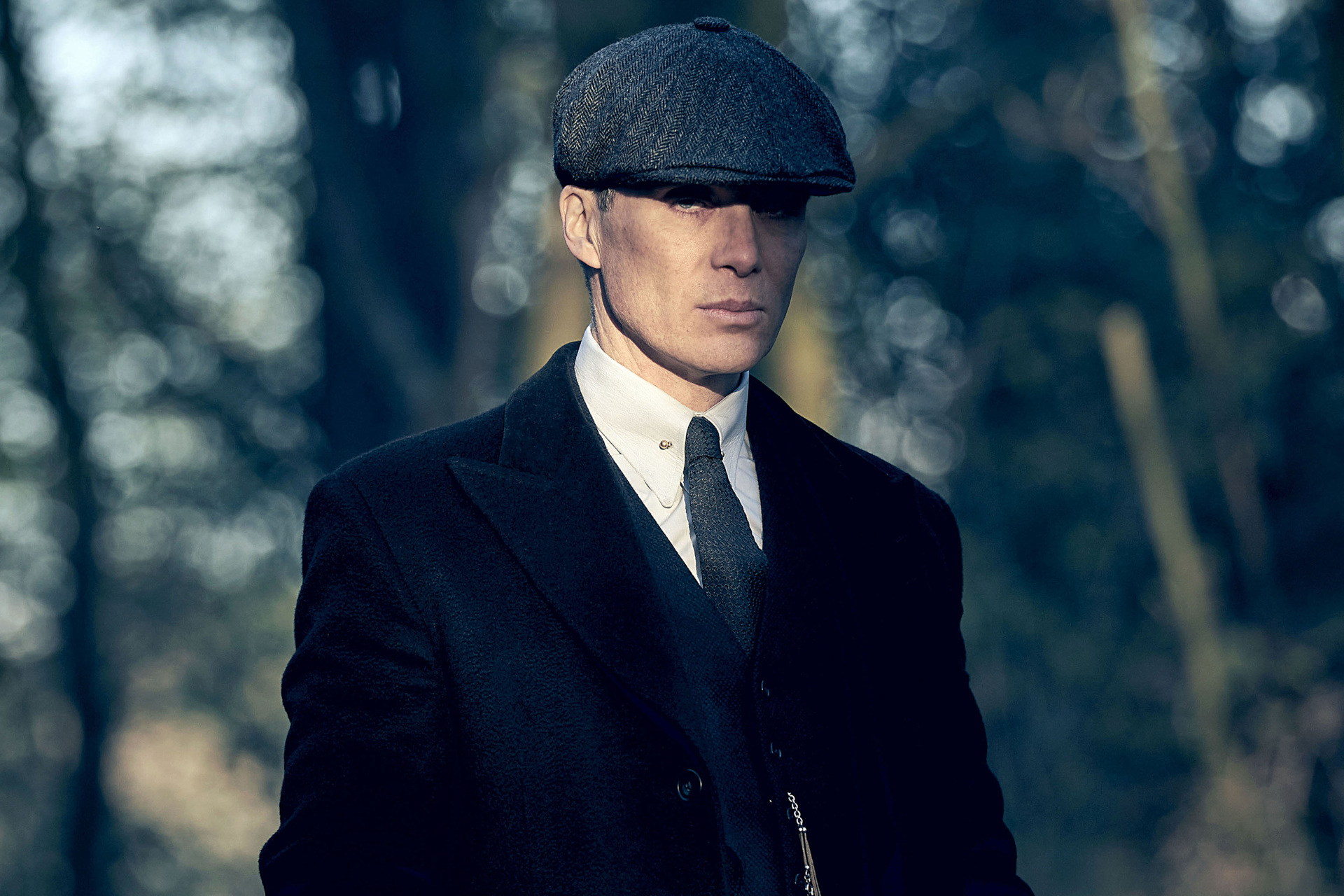
Tommy Shelby (Cillian Murphy) wears one of several Herbert Johnson hats that appear in the Birmingham-set television series (c) Caryn Mandabach Productions Ltd. | Photographer: Robert Viglasky
Jones isn’t the only famous fictional man to don a Herbert Johnson hat either. The heritage hatter is responsible for crowning all manner of characters; you can see its hats take on the form of sport flatcaps in Peaky Blinders, a safari helmet for Hercule Poirot in 1978’s Death on the Nile, charming bowler hats in 1960s spy thriller The Avengers and even a wide brim poet hat worn by David Bowie in the 1976 classic The Man Who Fell To Earth.
The Leather Goods: Swaine
Having started out as specialists in luxury leather goods, it shouldn’t come as a surprise that Swaine has created a number of sleek onscreen accessories for pop culture’s greatest heroes. A notable member of this cohort is none other than cinema’s favourite undercover spy, James Bond. The House has kitted out 007 in not just one movie, but three: 1962’s Dr No., 1963’s Russia With Love and 1964’s Goldfinger. In all three films, you can see Bond (played by Sean Connery) striding through the action with a classic attaché case – a style which is still available to purchase through Swaine today.
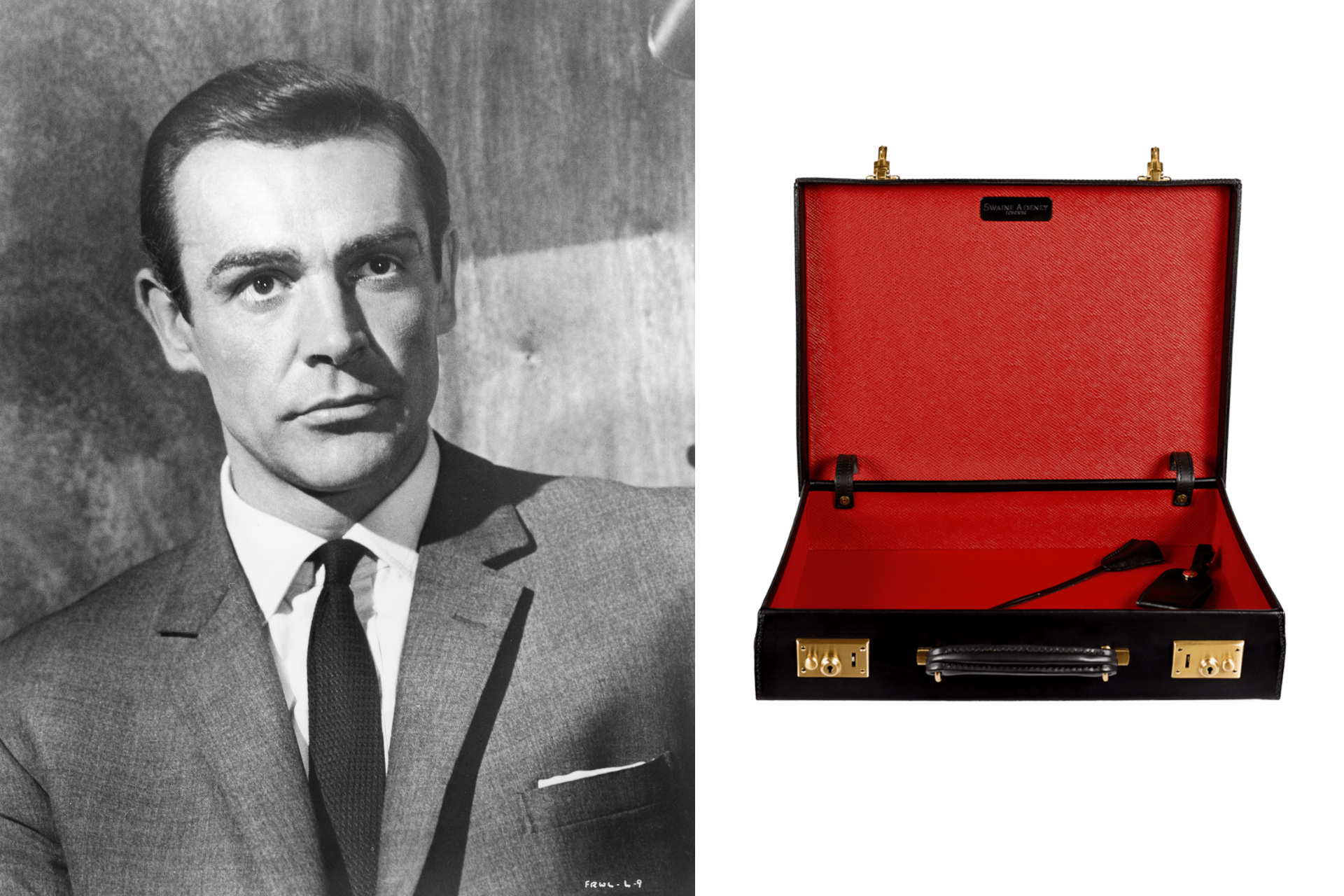
Swaine products feature in the James Bond classics Dr. No, From Russia With Love, Goldfinger and Octopussy
The Umbrellas: Brigg
And then there’s umbrella brand Brigg. The brand has been crafting umbrellas and canes since 1836, and merged with Swaine back in 1943 – where it has continued to create umbrellas for audiences and film stars alike. The most famous of them all has to be the whangee umbrella held aloft by Don Lockwood (brought to life by Gene Kelly) in 1952’s Singin’ in the Rain, although it’s safe to say that the umbrella and cane heralded by Julie Andrews and Dick Van Dyke in Disney’s Mary Poppins come a close second.
More recently, the House became the umbrella of choice for the Kingsman movies (like we said, cinematic spies love Swaine) and were used by Colin Firth and Taron Egerton’s characters throughout the first two instalments and by Ralph Fiennes and Harris Dickinson in the 2021 prequel spin-off The King’s Man.
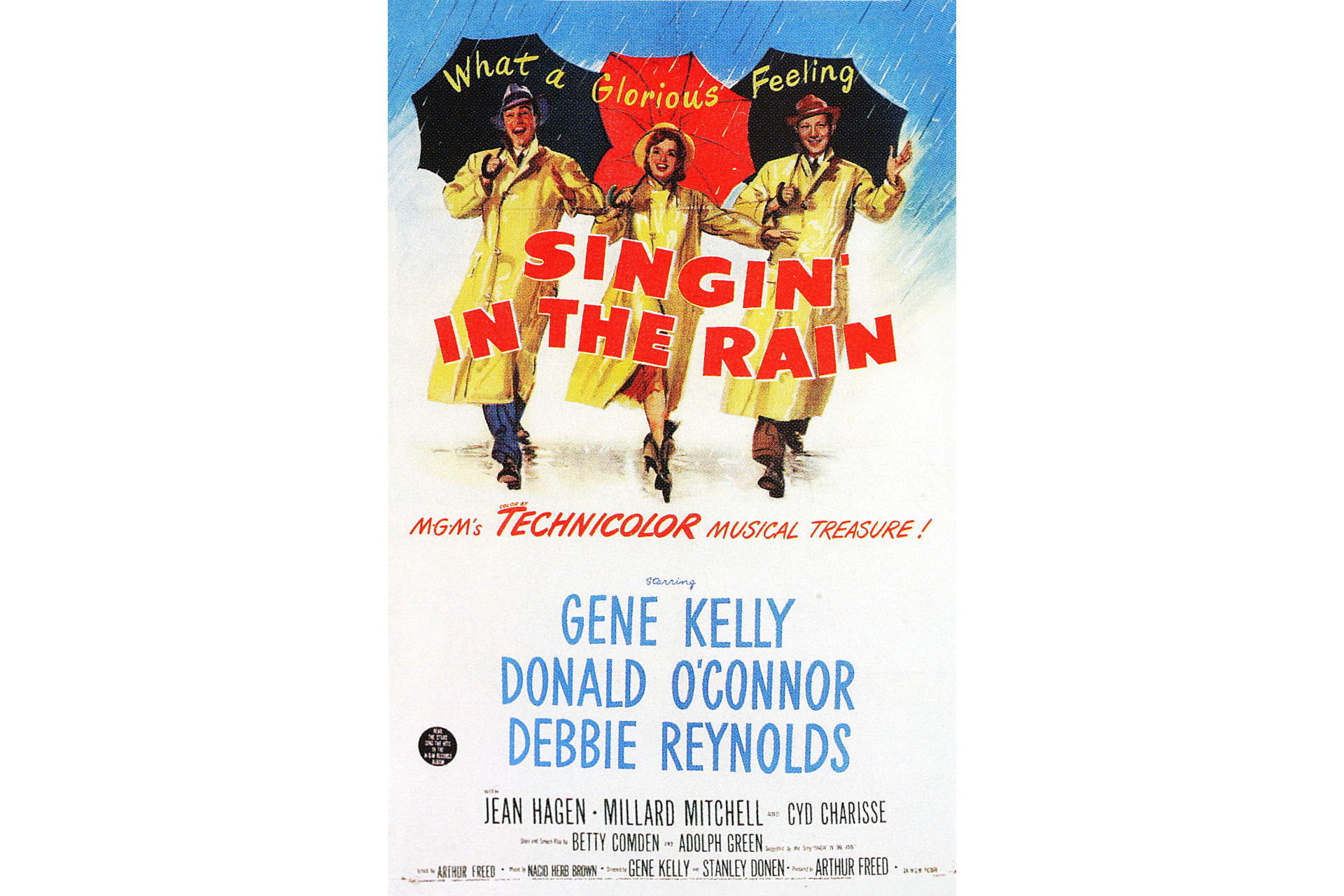
The classic rainy day musical Singin’ in the Rain is one of the famous flicks in which a House of Swaine product appears
Whether it’s fedoras, umbrellas or attaché cases, every Swaine product is handcrafted in Mayfair, London, by skilled artisans employing well-honed craft techniques.
Shop Swaine Cinema
You can find out more about Swaine and its iconic brands at swaine.london

